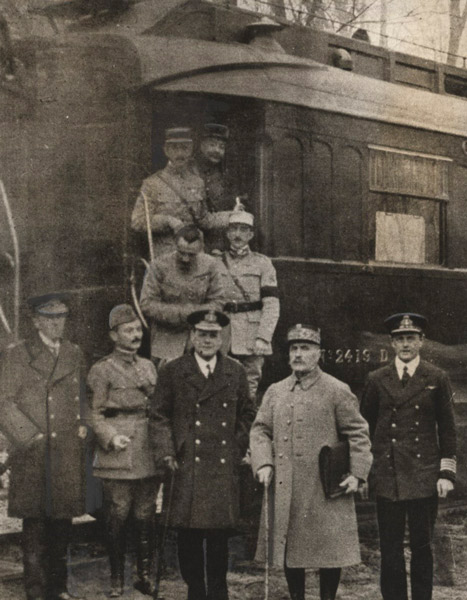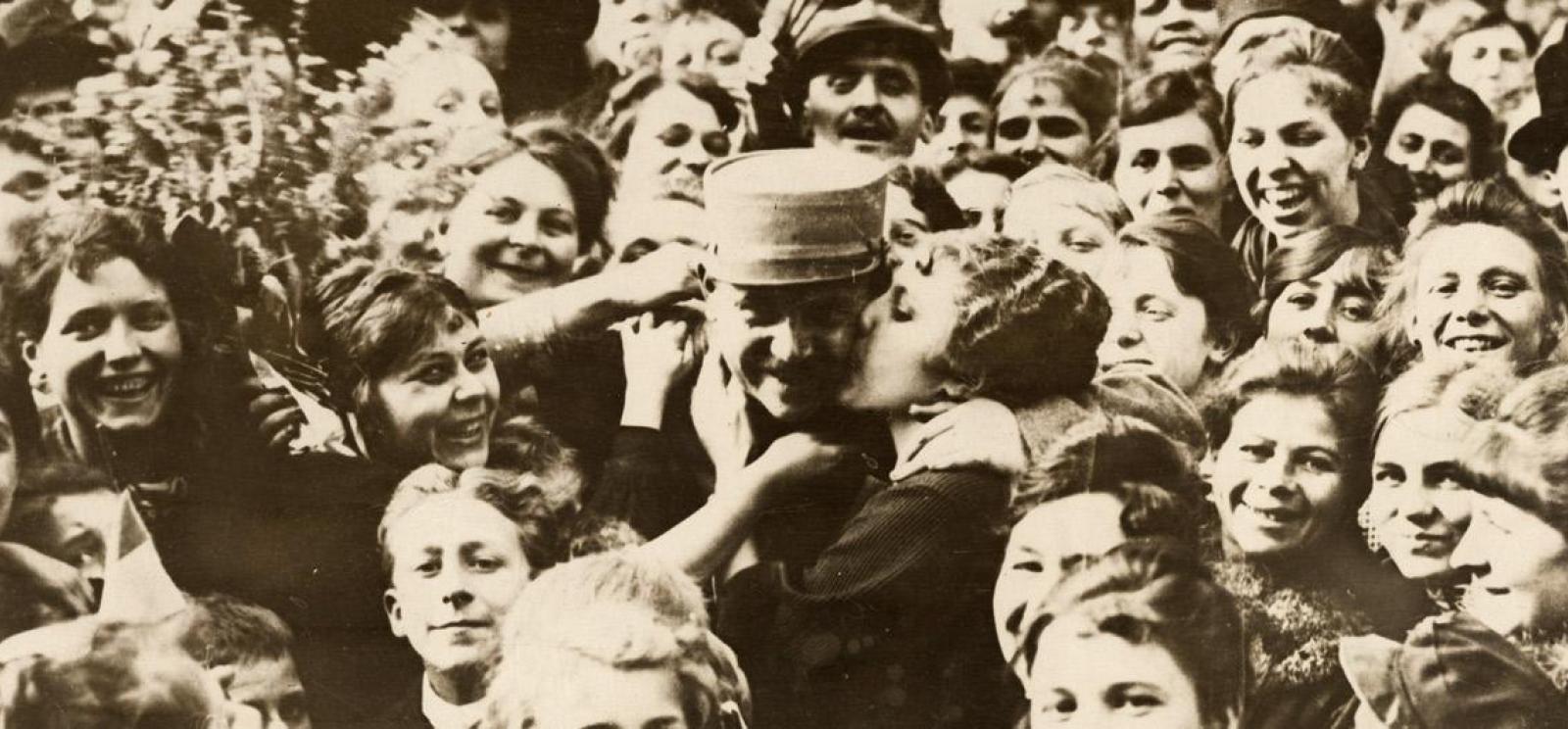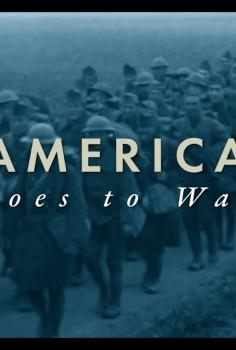Armistice on the Western Front
On Nov. 11, 1918, after more than four years of horrific fighting and the loss of millions of lives, the guns on the Western Front fell silent. Although fighting continued elsewhere, the armistice between Germany and the Allies was the first step to ending World War I. The global reaction was one of mixed emotions: relief, celebration, disbelief and a profound sense of loss.
“And this is the end of it. In three hours the war will be over. It seems incredible even as I write it. I suppose I ought to be thrilled and cheering. Instead I am merely apathetic and incredulous … There is some cheering across the river—occasional bursts of it as the news is carried to the advanced lines. For the most part, though, we are in silence … With all is a feeling that it can’t be true. For months we have slept under the guns … We cannot comprehend the stillness.”
— Robert Casey, Battery C, 124th Field Artillery Regiment, 33rd Division, November 11, 1918.
When World War I began in August 1914, few expected the conflict to last beyond Christmas. Over the course of the next few months, however, it was clear this would not come to pass. The conflict, already expanded beyond Europe, included great movements of imperial colonies in Africa and Asia. As it progressed, further independent nations like Bulgaria, Romania, Italy, the Ottoman Empire, China and Japan joined the fighting. Not until 1918 would the war’s end be in sight. In October of that year, an armistice between the Ottoman Empire and the Allies ended fighting in the Middle East. Only days later, the disintegrating Austro-Hungarian Empire signed an armistice with Italy.
“You bet we were happy yesterday morning to be awoken at 3 o’clock by whistles blowing, guns firing and every kind of noise you could think of announcing the surrender of Germany. It was sure a happy day here because we thought you were happy. I suspect you will not come right home but whenever you come back to the States come to see Ida Clara and myself. Now I want you to be sure to do that for we will just have a great time rejoicing together.”
— Nannie (Nancy) Howard of Kansas City to her brother, November 12, 1918.
In the west, the German Army’s imminent collapse led Germany to pursue an armistice. The Allied delegation, led by Supreme Allied Commander Marshal Ferdinand Foch, largely ignored United States President Woodrow Wilson’s Fourteen Points for Peace and left no room for negotiation. The German delegation was given 72 hours to accept the terms, which were purposefully severe to prevent Germany from resuming fighting. These included complete demilitarization, the evacuation of France, Belgium and Alsace-Lorraine (a territory that had been annexed by Germany in 1871 following the Franco-Prussian War), and the immediate release of Allied prisoners of war and interned civilians.
“Dearest Mother and Dad: If only you all could see how glad everyone in this place is! Never in my life have I ever seen such happy people, for the eleventh of November meant the biggest thing possible to them all. Fighting stopped; at last the German people have awakened from their horrible dream. It's taken a long time, four years and half of the sort of thing that France has been through is tremendous, and now that it is all over, why it is almost too much for them to believe. The good folk are so happy the tears stand in their eyes, and they make no efforts to hide them. Even those who have lost their dear ones.
“I was talking last night with a mother who gave her two boys and her husband and now is all alone who told me ‘Why should not I be glad? My two boys and my good man are gone it is true, but there are so many others. The war, it is finished, thanks to the good God.’ The whole town is decorated with flags and paper banners and streamers, quite gayly, and at night, lanterns shine at every window and door.”
— James E. (Ned) Henschel, November 11, 1918.
On Nov. 10, the Germans received word that Kaiser Wilhelm II had abdicated and instructions from the new government that they should sign the armistice. At 5 a.m. on Nov. 11, the armistice was agreed upon. Marshal Foch sent word to Allied commanders that “Hostilities will be stopped on the entire front beginning at 11 o'clock, November 11th (French hour). The Allied troops will not go beyond the line reached at that hour on that date until further orders.” The war on the Western Front had finally come to an end. Though one of several armistices signed in 1918, it is the armistice of Nov. 11 that left a lasting global legacy.









